
The Randle Cycle is a fundamental metabolic process that regulates the use of glucose and fatty acids as fuel sources in the body. It was first described by Sir Philip John Randle, a British medical researcher, in 1963. The cycle is particularly important in the liver, adipose tissue, and skeletal muscle, which are all involved in the regulation of energy metabolism. It also has implications for our understanding of metabolic disorders such as type 2 diabetes and obesity.
The basic gist of the Randle Cycle theory is that we shouldn’t mix carbohydrates and fats in higher proportions (like a 70:30, 50:50, or 40:60 ratio, and vice versa) in our diet. However, using it in a ratio of 90:10 or vice versa may not affect normal physiology. Combining the two leads to obesity and causes metabolic disorders because it confuses the body’s priorities for burning these two fuel sources.
However, a large number of people now consume foods that mix fatty acids and carbohydrates together (e.g., pizza, whose crust is high in carbohydrates and cheese toppings are high in fats) or the classic examples of biryani and curd rice. Eating foods that are rich in carbs and fats can activate the “reward centers” of our brains and cause a dopamine surge. Over a period of time, this causes an increased craving for more and more of the same thing, thus pushing us towards overeating. This food addiction is real! However, it also means that consistently consuming food items that are rich in carbohydrates or fats separately can also cause health problems.
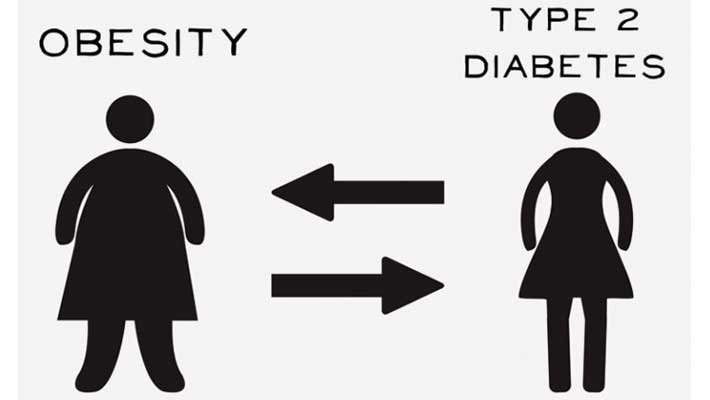
How the Randle Cycle Works
Just for the purpose of understanding the Randle cycle theory, think of glucose as sunlight and fatty acids as an electrical light source or a bulb. According to the Randle cycle theory, when glucose (sunlight) is high, it is preferentially utilized as the main energy source, leading to less use of fatty acids (the bulb). Conversely, when glucose (sunlight) is low, fatty acids (the bulb) become the primary source of energy or fuel. Also, imagine the pressure on your eyes if both light sources were on at the same time. There would be too much brightness, wouldn’t it? Similarly, if you choose to eat food items that have both carbohydrates (which are further broken down into glucose) and fats, your Randle cycle will be constantly on, and the pressure on your metabolic system will be immense. However, eating diets that are rich in complex carbs and natural fats separately, with a gap of at least 4-5 hours, is perfectly fine. For example, you can have a carb-rich lunch and a fat-rich dinner without any metabolic problems.

The Randle Cycle being constantly on is harmful for your health. Your cells will be overexerted and will preserve themselves by blocking the proper use of glucose and fatty acids. This reciprocal inhibition leads to stagnation of energy in the blood circulation, potentially causing postprandial hyperlipidemia. It also causes ectopic deposits of fat in the liver, muscles, heart, and viscera. The most common consequence of this unique, unnatural combination of high carbs and high fats at the same time is high insulin secretion, which favors carb-burning. Most of the fats ingested typically get deposited in the adipose tissue and also in ectopic sites without being used up as an energy source and get locked up in the phase of hyperinsulinemia. This then gives rise to insulin resistance, metabolic syndrome, and obesity. When the energy from carbohydrates does not get used up in the body, it is stored as fat.
Just like in any competition, there are referees; the competition between glucose molecules and fatty acids has referees too. It is thought to be regulated by various hormones and enzymes in the body, including insulin and glucagon.
How the Randle Cycle Affects Our Body
Here’s how the Randle cycle works on different parts of our body:
Liver
In the liver, the Randle cycle helps regulate the levels of glucose and fatty acids in the blood. When glucose levels are high, the liver will preferentially use glucose as a fuel source and store any excess glucose as glycogen. Conversely, when glucose levels are low, the liver will switch to using fatty acids as a fuel source and release glucose into the bloodstream through a process known as gluconeogenesis. This extra glucose that is released due to gluconeogenesis helps in blood sugar regulation and keeps the sugar level within normal limits to be used preferentially by the nerves, brain, red blood cells, and part of the kidney, which obligates glucose utilization during periods of fasting.
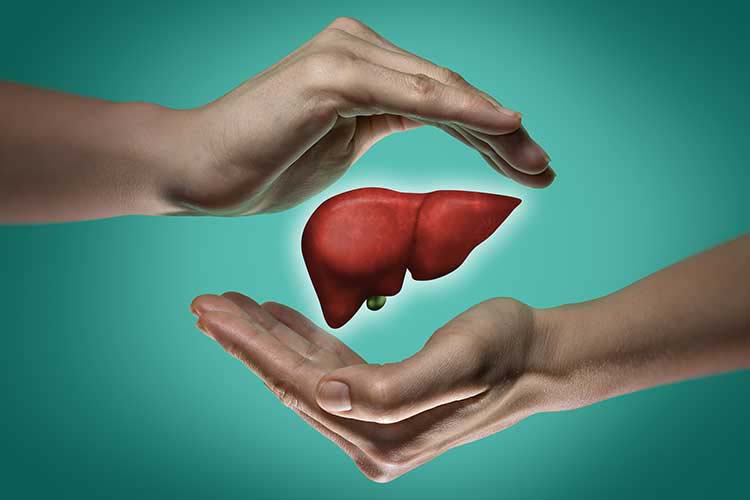
Adipose Tissue
In adipose tissue, the Randle cycle helps regulate the storage and release of fatty acids. When glucose levels are high, insulin is released, which promotes the storage of fatty acids in adipose tissue as triglycerides (the most common fat in our body). When glucose levels are low, glucagon is released, which promotes the release of fatty acids from adipose tissue into the bloodstream to be used as a fuel source. Excess concentrations of glucagon occur when insulin resistance develops in the alpha cells of the pancreas, which can lead to high blood sugar levels (hyperglycemia), which can further lead to diabetes.
The Randle cycle is in synergy with the levels of insulin. When insulin levels are low, like during periods of fasting, the body is naturally in fat-burning mode. And when there is insulin secretion during eating mainly carbs (of course insulin secretion does occur with ingestion of protein and fats but at a lower propensity), and for a few hours in the postprandial period, the body becomes a predominant sugar burner. But in the last five decades, because of the drastic change in our way of eating, high carbs and high fats in refined form have been found together in most fast foods, restaurants, and packaged foods. This disrupts the normal synchrony of hormonal regulation with respect to macronutrient consumption.
In obesity, the adipose tissue becomes dysfunctional, and the Randle cycle is disrupted. This leads to insulin resistance, and there is an imbalance in the use of glucose and fatty acids as fuel sources for an obese individual. This can further lead to metabolic syndrome and type 2 diabetes.
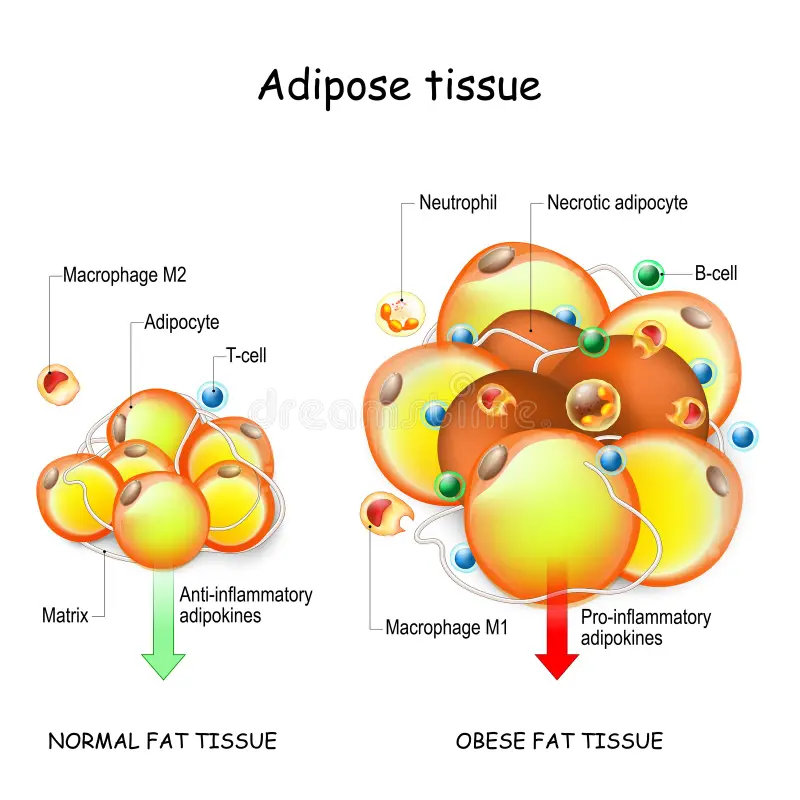
Skeletal Muscle
When exercising, the skeletal muscles are affected by the Randle cycle. When the exercises are of low intensity, the muscles prefer fatty acids, but during high-intensity exercises, the muscles go for glucose, preferably from the muscle glycogen. This is a normal phenomenon.
Foods that are Bad for the Randle Cycle
Here are some foods and dietary habits that may affect the Randle cycle negatively:
● High-fat High-carb Combo Diets: Consuming a diet high in fat and carbs can impair insulin sensitivity and increase the uptake of fatty acids into cells.
● Processed Foods: Highly processed foods that are high in refined carbohydrates, sugars, and unhealthy fats can lead to insulin resistance and impaired glucose metabolism.
● Sugary Drinks: Sodas, energy drinks, and sports drinks that have added sugar cause hyperinsulinemia which can ultimately lead to insulin resistance and impair the ability of cells to utilize glucose for energy.
● Excessive Alcohol Intake: Alcohol of any kind is metabolized only by the liver and is mostly transformed into fat. Alcohol tends to get deposited in the liver, producing a fatty liver, and the spillover of excess fat happens in the form of triglycerides. This leads to ectopic fat deposition and can interfere with glucose metabolism and contribute to insulin resistance.
● Large Meals: Consuming large meals, especially those high in fat and carbohydrates, can lead to insulin resistance and impaired glucose metabolism.
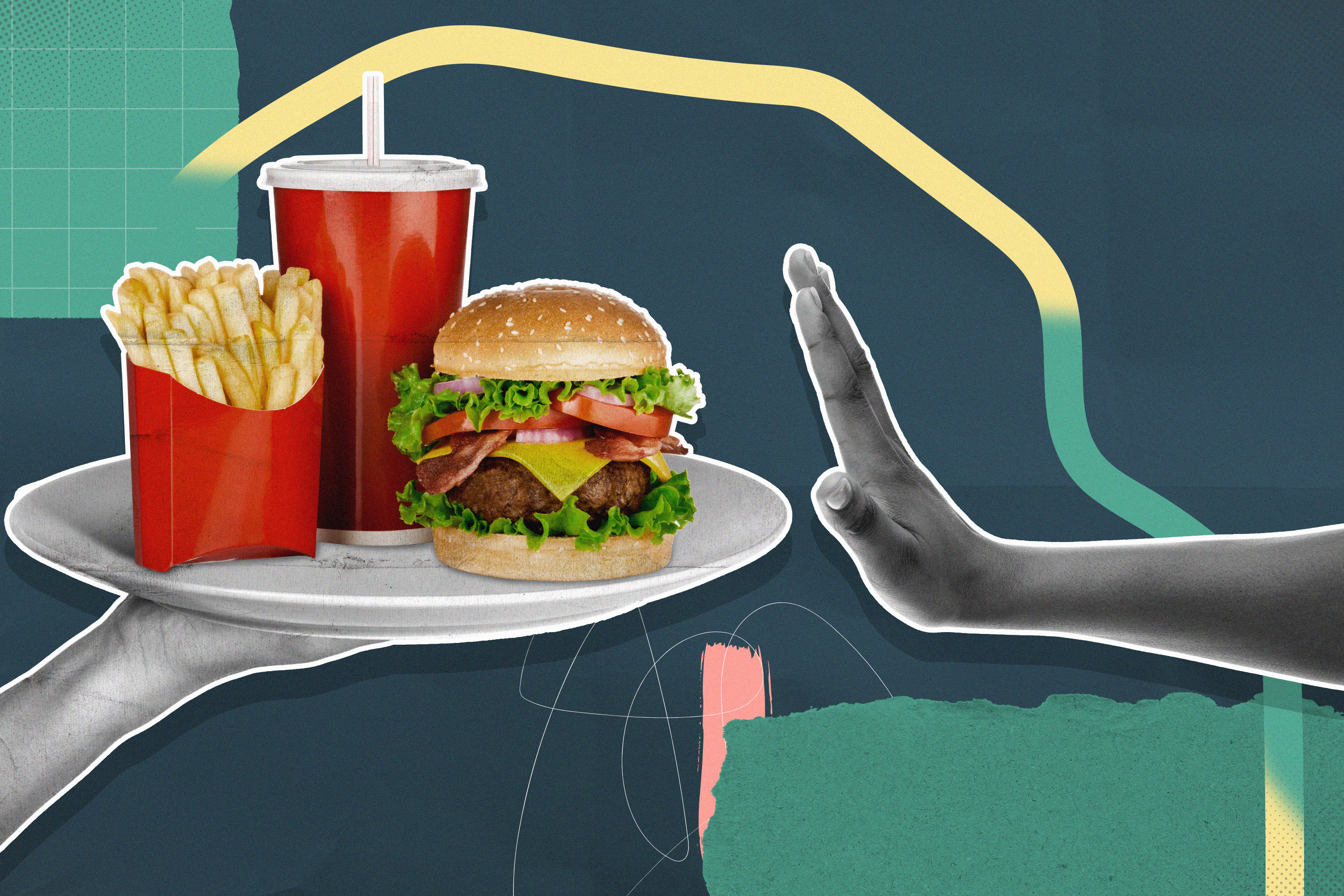
Foods That are Good for the Randle Cycle
Given below are some types of foods that may keep the Randle cycle thriving:
● Complex Carbohydrates: Complex carbohydrates provide a steady supply of glucose for energy. Examples of complex carbohydrates are whole grains, legumes, vegetables, and fruits.
● Healthy Fats: Unsaturated fats that are found in foods like avocado, nuts, and seeds are good. So are saturated fats that are found in most of the non-vegetarian sources of food, including red meat and fatty fish.
● Lean Proteins: High-quality proteins like chicken, fish, lean meat, tofu, and beans.
● Fruits and Vegetables: These provide vitamins, minerals, and antioxidants in abundance, which are good for the Randle cycle.
● Water: Staying hydrated is essential for maintaining a healthy metabolism and energy production. Drinking enough water can help to support the Randle cycle and prevent dehydration.
The above-mentioned food types also form the basis of what is known as the Keto (Ketogenic) Diet.
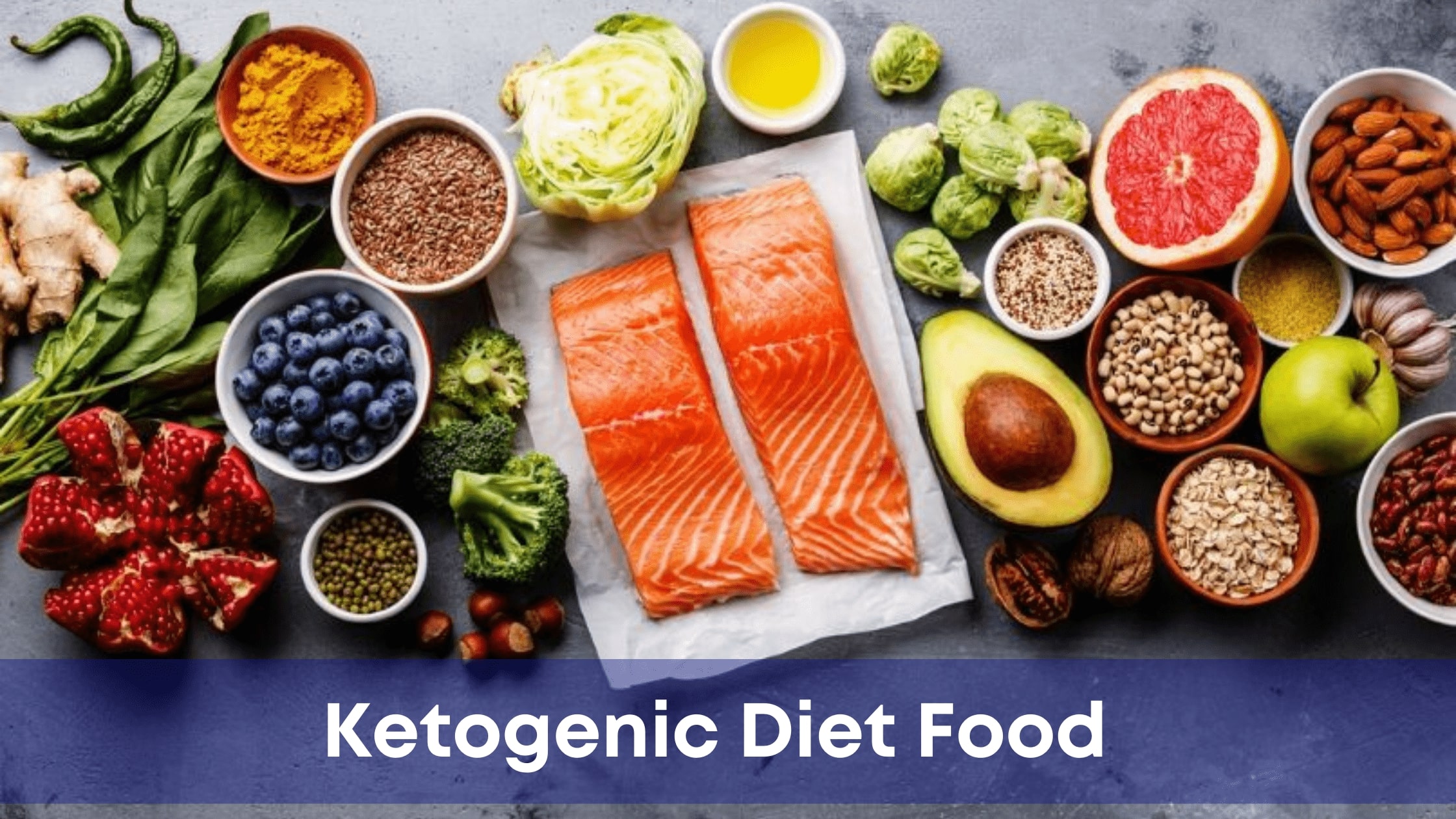
Conclusion
The Randle Cycle is a process that controls the interaction between glucose and fatty acids, which are used as the main energy source for the body. It is specifically important in the liver, adipose tissue, and skeletal muscle and helps us understand and treat metabolic disorders such as diabetes and obesity better.
A well-balanced diet that is packed with nutrient-dense foods is key to the optimal functioning of the Randle cycle and, thus, our overall health.
Disclaimer: The information and other content provided in this blog, or in any linked materials, are not intended and should not be construed as medical advice, nor is the information a substitute for professional medical expertise or treatment. If you or any other person has a medical concern, you should consult with your healthcare provider.


.png)


